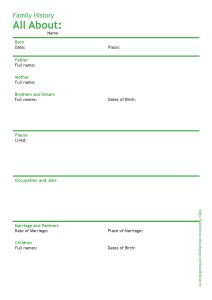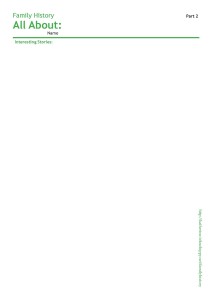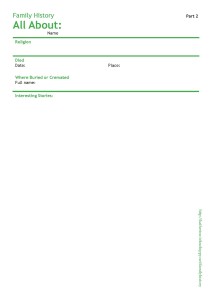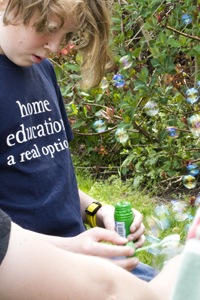We have been exploring our family history.
An important part of discovering your family history is asking questions.
I have created some profile sheets to be used to pull together some basic facts about family members.
These can form the basis of a family history file – with a form for each known member of the family. Find out the answers by asking the person, or if they aren’t available or are deceased, then ask other family members to help fill out the forms.
Part 1:
Includes basic information about a person,and their relationships.
Part 2:
Comes in two versions. One is a simply a sheet to start writing interesting stories about the person. The second version is for deceased family members, and includes space for religion and details of their death.
I created two versions so parents can use the simpler one if their children are concerned about family members dying.




